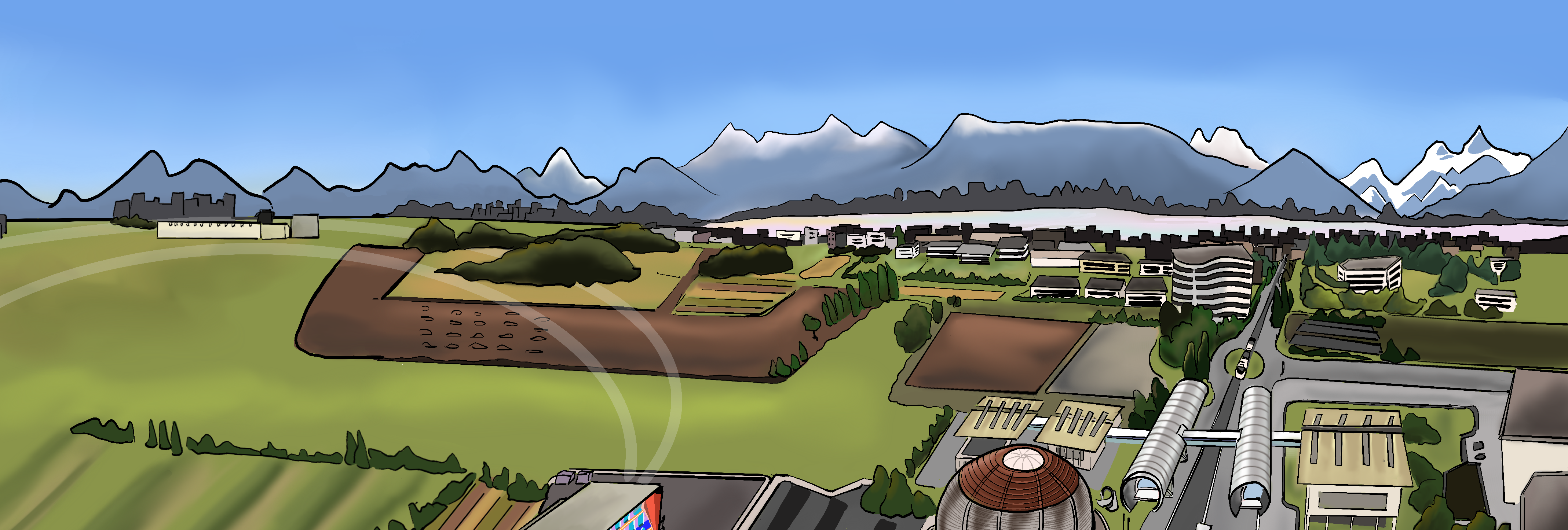Speaker
Description
The study on lepton flavour violating (LFV) decays in the framework of the non-universal $Z'$ model delves into several fascinating aspects of particle physics. Focusing on the $\Sigma_b$ decays, which are induced by the quark-level transition $b \rightarrow s l_1l_2$, is especially relevant given the existing experimental constraints on LFV processes. The lepton flavour violating decays are suppressed in the Standard Model (SM) as their expected branching fractions at the SM are very lower than the current experimental findings. The branching fractions of these transitions are calculated in the SM. In reference [1], we can observe that the branching ratios for several LFV decays are of the order of $10^{-54}$ whereas experimentally they are constrained at the order of $10^{-5}$ by BaBar and LHCb with 90% and 95% confidence level respectively [2, 3]. The LFV transitions and other anomalies of b hadron sector are explained by various theoretical considerations proposing various theoretical models [4, 5]. Although the accelerators have provided the experimental bounds, there are no experimental evidence till now. The colliders are trying to see the LFV decays nowadays so that the anomaly can be explained successfully. In this work we will study several observables of LFV decays $\Sigma_b \rightarrow \Sigma l_1 l_2$ induced by the quark level transition $b \rightarrow s l_1 l_2$ with the contribution of non-universal $Z'$ boson where and are charged leptons of different flavours. We will constrain the NP couplings using several experimental upper limits. We have already explored the LFV $\Lambda_b$ decays [6]. Here, we will explore the LFV decays and get a comparative study of the lepton flavour violation in the baryonic sector in different NP theories. It is expected that the study would be very interesting and that might emboss the footprints of NP more aesthetically.
References:
1. L. Calibbi and G. Signorelli, Riv. Nuovo Cim. 41, 71 (2018) [arXiv: 1709.00294 [hep-ph]].
2. BaBar collaboration, B. Aubert et al, Phys. Rev. D 77, 091104 (2008) [arXiv: 0801.0697 [hep-ex]].
3. R. Aaij et al. [LHCb Collaboration], Phys. Rev. Lett. 123, 211801 (2019) [arXiv: 1905.06614 [hep-ex]].
4. S. Sahoo and R. Mohanta, Phys. Rev. D 93, 114001 (2016) [arXiv:1512.04657[hep-ph]].
5. D. Das, Eur. Phys. J. C 79, 1005 (2019), [arXiv: 1909.08676 [hep-ph]].
6. S. Biswas, P. Nayek, P. Maji and S. Sahoo, Eur. Phys. J. C 81, 493 (2021).
